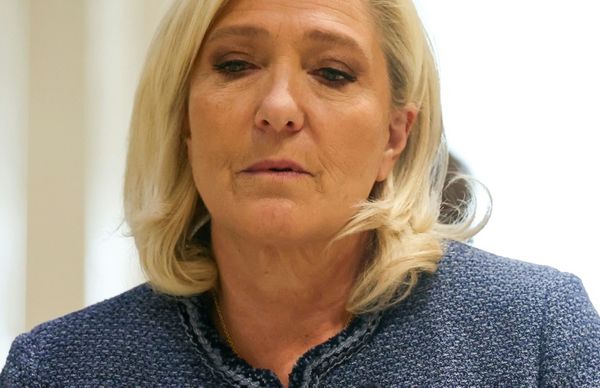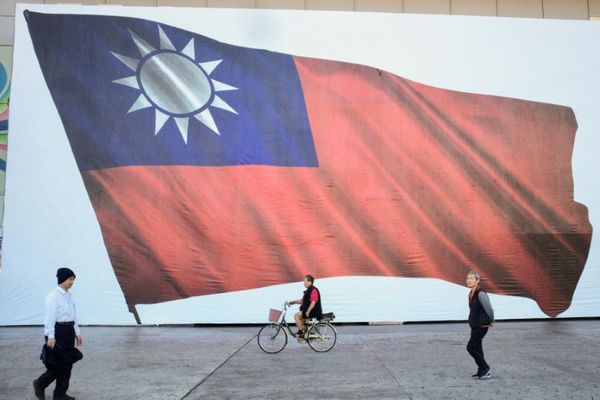
The duty was imposed on paddy, husked (brown) rice and semi-milled rice but not on basmati rice, which accounts for nearly one-fifth of India’s overall rice exports. In 2021-22, India exported over 21 million tonnes of rice. “This move was on the cards as the area under cultivation for rice has substantially declined compared to last year. So, it looks like we will have suboptimal rice production this year. Now that the government has run short of wheat and has been using rice in the central government food programme, there could be pressure on overall supply. This is a pre-emptive measure to ensure availability in the domestic market," Bank of Baroda chief economist Madan Sabnavis said. The official notification said the Centre is satisfied that duty should be levied on certain articles and that circumstances exist which render it necessary to take immediate action.
Economists noted that monsoon rains, by the end of August, were 6% above normal and that rainfall was adequate during the Kharif planting season from July to August, but the spatial distribution of rainfall has been the weakest in a decade.
“Nearly 70% of the gross sown area received normal rainfall, similar to the drought year of 2009. At the end of three months of the season, 14% and 16% of the gross sown area received deficit and surplus rainfall, respectively. As of 2 September, kharif acreage was at 105.3 million ha, 3% less than the year-earlier period. Apart from deficit rains in the eastern states, surplus rainfall also adversely affected acreage of jowar, arhar, moong, and groundnut," Sachchidanand Shukla, chief economist, Mahindra & Mahindra said.







